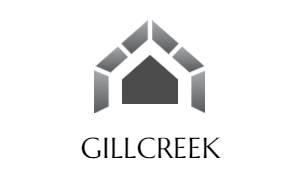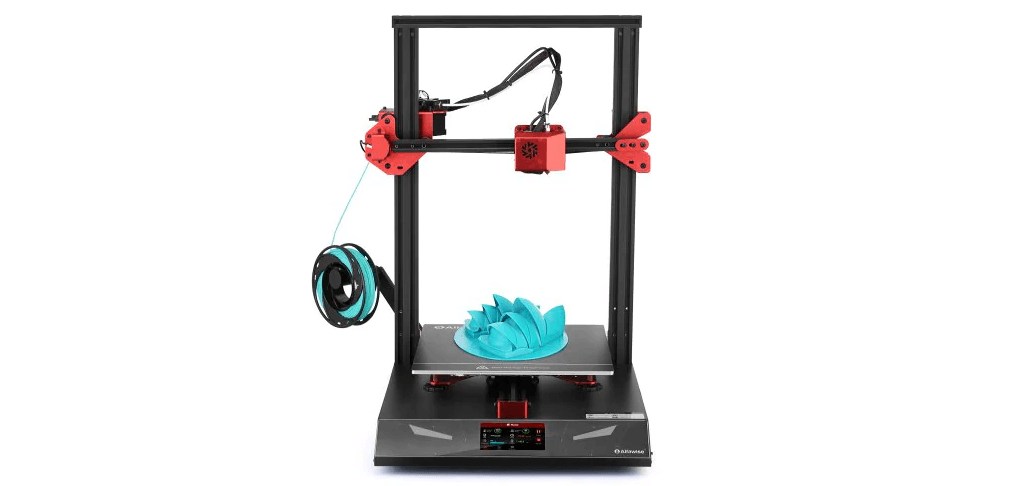3D Printers have evolved over the years from a dream and then expensive lab equipment to a standard machine. With improvements in technology, 3D printers are cheaper, faster, and more available than ever before.
Some like an FDM 3D printer is cheaper than other 3D printers, which makes them accessible. But is cheaper better, or should you go for 3D printers with a higher price tag?
Do You Need One?
If you’re contemplating buying a 3D printer, you likely think you need one. But these printers have a steep learning curve and are expensive.
If you only need a single part every other month, you’re much better using an online 3D printing service. But if you require 3D parts a lot more regularly, then this guide is for you.
What Are the Types?
There are plenty of 3D printing technology types on the market. But not all these 3D printer types are for you. Indeed, only two printing technology often is a reasonable option for home users.
FDM 3D Printers
It’s the most famous and the cheapest choice in 3D printing technology. FDM machine work by superheating thermoplastic filaments and then extruding it layer by layer. While the technology is significantly more complex than this, that’s it.
SLA 3D Printers
You need to rinse SLA 3D printer products after Printing and sometimes even oven-bake them. It makes them more expensive to operate than FDM machines but gives it higher precision and extra smoothness. Other popular 3D printing technologies include DLP and SLS 3D printers.
Print Speeds
With 3D printers, faster is not always better because quick 3D prints almost always have lower quality. The complexity of what you’re printing plays a vital role in how fast the print comes out. So, don’t pay too much attention to boastful print speeds with these machines.
Print Quality
Pay particular attention to your printers’ resolution, especially if you’ll be printing large objects with extensive detailing. The smaller the resolution, the better the 3D printer.
Which Material Should You Use For 3D Printing?
The most popular print material for 3D printers remains filaments for FDM and standard resin for SLA.
Filaments
There are more than one type of plastic filament for filament 3D printers. We have:
PLA – good for indoor use but sensitive to sun and moisture.
PVA – best for heavy objects with support structure needs.
ABS – best for outdoor needs.
PETG – generally safe for food but should have a food-grade epoxy finish for increased protection.
Resins
Standard-grade – best for small machine parts.
Medical-grade – ideal for medical use.
Tough – best for engineering components.
What Other Features Are Important?
The better your printer’ safety features, the better. You don’t want to ruin your print by a halfway stop or kill yourself from excessive heat, do you?
A printer with 3-axis adjustment is the best, and get a heated bed if you can shell out the cash.
Conclusion
3D printers are getting cheaper, but don’t spend hundreds of dollars if all you’ll be printing are rubber ducks. Settle for what works for your specific needs; after all these machines are still expensive.

